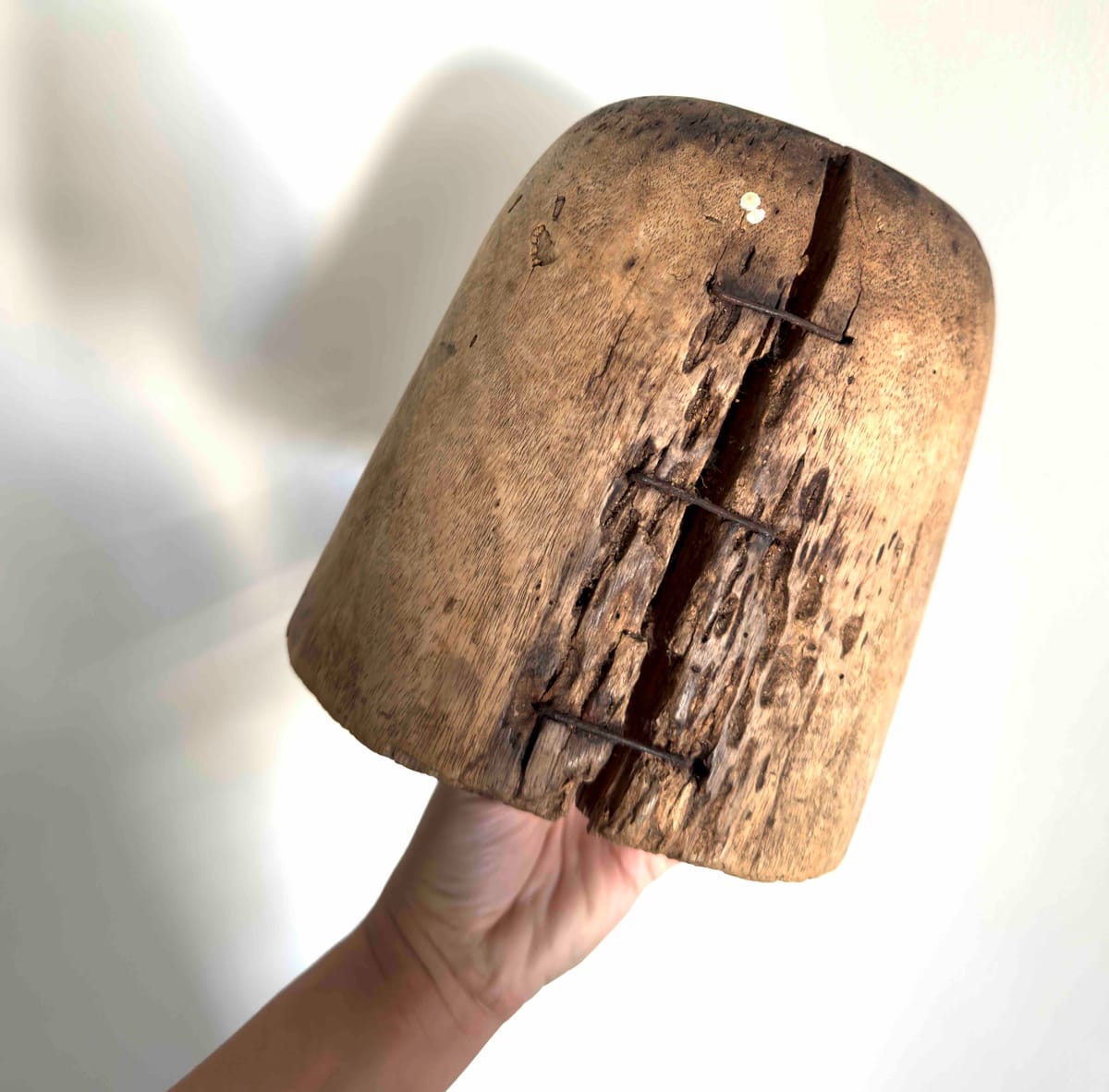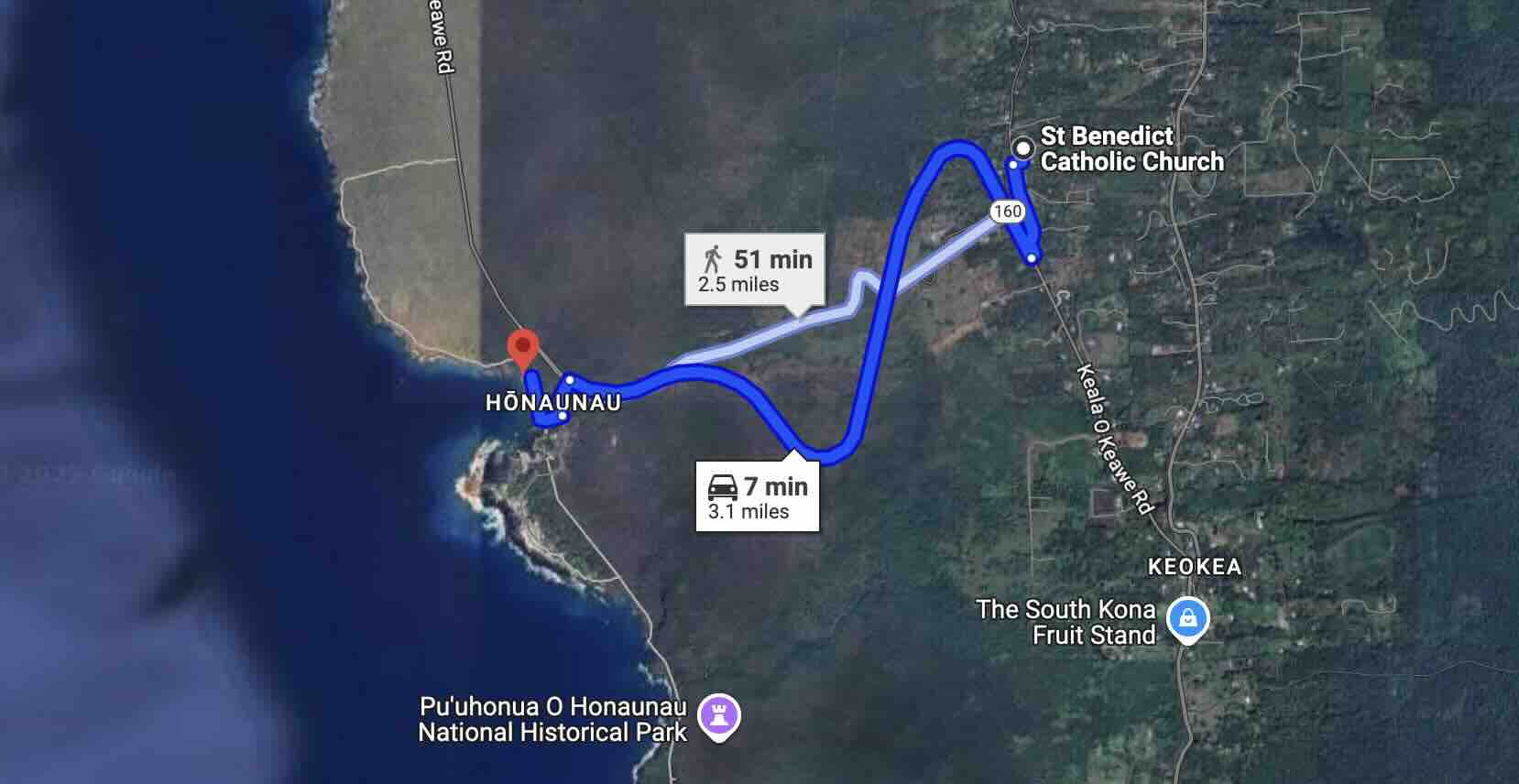OLA - Jan. 31st - Unearthing Layers of Identity Through Kinolau

Ref Link: Ola Participant Handbook
Theme
LEADING SELF: UNEARTHING LAYERS OF OUR IDENTITY THRU KINOLAU
Participants will embark on a leadership journey by sharing artifacts that represent their identity, making lau lau to explore leadership connections, and immersing in the stories of Nāonealaʻa and Laʻamaikahiki to deepen their sense of place, kuleana, and shared purpose.
Location: Zoom (big storm hit) but was supposed to be Meet at YWCA at Kokokahi
Target Skills
Self-awareness, Emotional intelligence, Pilina (relationship) building, Leadership identification and development
My Kinolau—the many bodies of self
My grandma, Pauline Laieikawai Kelokolio, was a mat weaver. Weaving is artistic, utilitarian, and mathematical. Weaving in a way mirrors hardware and software development, metaphorically. The knowledge of aina meets the technology and frameworks of weaving.
When I started weaving, a few of her ipus (wood block/forms used for weaving) were given to me. This one featured above is wild—broken, a bit moldy, and yet held together by nails as though to signal it was worth keeping. I don't know the story behind it, but I keep it on my altar.
To me, this ipu represents 1) working with what you have 2) gratitude attitude, and 3) it's the weaver, not the tools, that makes the mat. I bring all skills and parts of me to a new challenge, and am constantly revamping my toolset, as practiced by the amount of ipus my grandma carved throughout her life.
Reflections
Why are origin stories (for people, places, communities, and organizations) important?
Origin stories ground people, places, communities in a shared sense of identity, purpose, and connection. This provides a foundation for leadership and decision-making. The story of Laʻamaikahiki enforces the improtant of finding one personal path in life while staying rooted. These stories create cohesion, intention, and integrity to some extend, too.
What attributes from the story of Laʻamaikahiki do you want to embody in your own leadership?
A connection to past, present, and future. He connected Hawaiʻi with the Pacific in navigation and ceremony. What tied together his journey was the spiritual aspects of self and collective through the pahu drum, which resonates with me.
I don't know that I am the "pahu bearer", but I do think that symbolism resonates the most with me. Wanting to bring tools that help people move forward and backwards in time, and be that tether to culture in the ebb and flow navigating moananuiakea.
Laʻamaikahiki had a vision for his sailing. Where are you sailing, and what is your vision? What happens when you get there?
My own sailing is driven by curiosity, learning, and the desire to create something meaningful—technology that fosters reciprocal understanding of our relationships with the world. My vision is to navigate the intersections of design thinking, indigenous knowledge, and human-computer interaction, integrating these fields to build tools that serve communities in lasting ways.
When I arrive, the land will feel solid beneath my feet—not as a final destination, but as the next foundation for growth. Arrival is not the end, but the start of another cycle—new knowledge becoming foundational, another journey unfolding. Along the way, I release self-doubt and embrace the unknown, trusting that the signs—like iwa birds over new land—will reveal the next steps.
Despite the changes to this place over time, the legacy of the stories still remains. What is the legacy you hope to leave?
The legacy isn’t about me—it’s about reciprocity, about creating pathways for others to navigate, innovate, and integrate their own stories into the evolving landscape of technology, leadership, and identity. If I can contribute to a world where knowledge is shared with care, where curiosity leads to deeper roots, and where technology serves rather than erases, then I will have sailed well.
I know times have changed, yet I'm a bit nostalgic, and wonder if everything I do is for the young girl living in rural Hawaiʻi. I think about this hour long walk from Honaunau to the painted church where my tutu lived, the character and attention to detail it built. I think about the current floating my cousins and I on noodles to Ke'ei Beach, and the navigation skills and trust it build. I think about my Dad setting up the CB radio at "the point", and the wonder of talking to stranger inter-island. I think about the rocky mala mounds, the rotation of magical noni juice jars on the tin roof, and the waʻa with pukas for feeding aumakua. Her experience, voice, and perspective is valuable albeit, "unconventional" to some, and simply Hawaiian to others...

